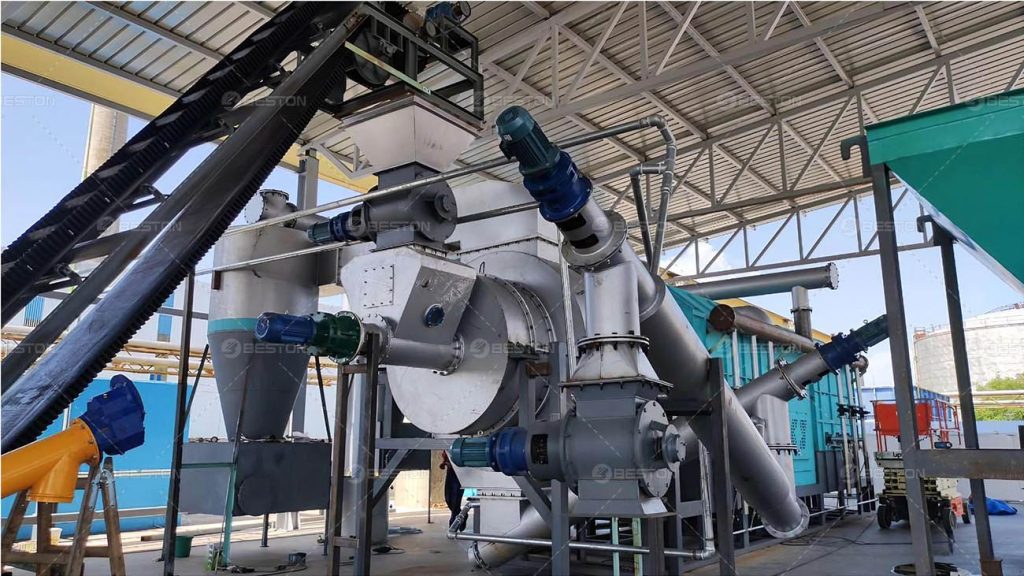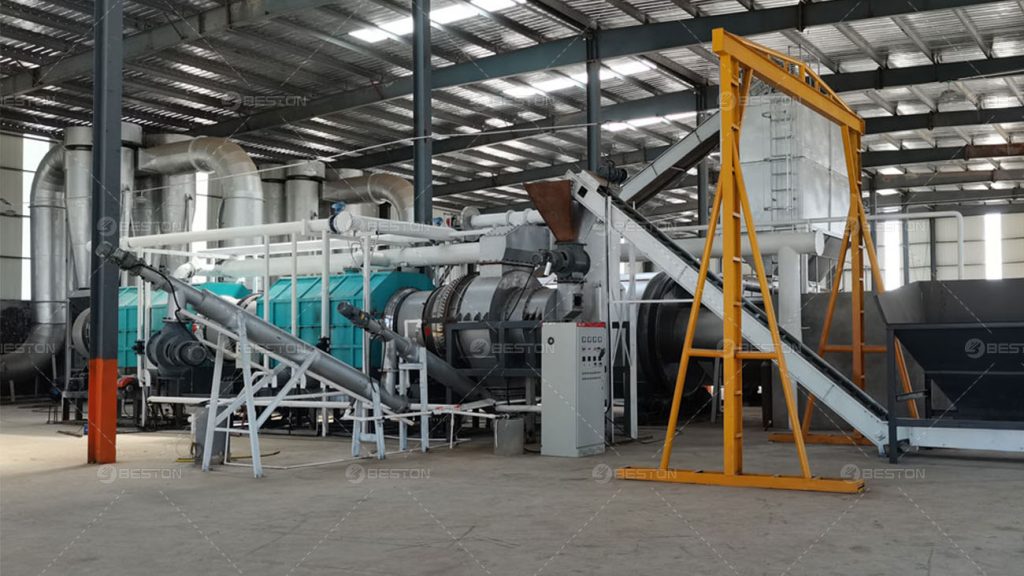Coconut shell charcoal making machines have gained considerable traction as sustainable solutions for converting agricultural waste into valuable resources. These machines are designed to efficiently transform coconut shells, a common by-product of coconut processing, into high-quality charcoal. The process leverages the principles of pyrolysis, involving thermal decomposition in an oxygen-limited environment. This article delves into the operational mechanics of a coconut shell charcoal making machine, elucidating each stage of the process.

Introduction to Coconut Shell Charcoal Making
Coconut shell charcoal is a highly sought-after commodity due to its high carbon content, minimal ash residue, and eco-friendly characteristics. It is widely used in industrial, residential, and commercial applications, ranging from fuel to activated carbon production. The coconut shell charcoal making machine epitomizes modern advancements in biomass recycling technology, facilitating the efficient and eco-friendly conversion of coconut shells into charcoal.
Components of a Coconut Shell Charcoal Making Machine
A typical coconut shell charcoal making machine comprises several key components, each playing a crucial role in the pyrolysis process. These components include:
- Feeding System: Ensures the continuous and regulated supply of coconut shells into the reactor.
- Carbonization Reactor: The core component where the thermal decomposition occurs.
- Cooling System: Cools the charcoal to prevent spontaneous combustion.
- Discharge System: Removes the finished charcoal from the reactor.
- Gas Collection and Purification System: Captures and treats the by-products of pyrolysis, such as syngas, for reuse.
The Pyrolysis Process in Coconut Shell Charcoal Production
Step 1: Feeding and Preparation
The process begins with the collection and preparation of coconut shells. They are typically cleaned to remove impurities and may be crushed to a uniform size to enhance the efficiency of the pyrolysis process. The prepared coconut shells are then fed into the feeding system of the charcoal making machine.
Step 2: Carbonization
The feeding system transports the coconut shells into the carbonization furnace. Within the reactor, the shells are subjected to high temperatures, typically ranging from 400°C to 600°C, in an oxygen-limited environment. This high-temperature condition initiates the pyrolysis process, breaking down the organic material into charcoal, syngas, and other by-products.
The carbonization reactor is often designed as a rotary kiln or a vertical furnace, facilitating uniform heating and efficient decomposition of the coconut shells. The absence of oxygen prevents combustion, ensuring that the shells decompose into charcoal rather than burning to ash.
Step 3: Syngas Collection and Utilization
During pyrolysis, the coconut shells release volatile gases, commonly referred to as syngas. This syngas is collected and directed through a purification system, where impurities are removed. The purified syngas can be recycled back into the system as a source of heat for the carbonization reactor, enhancing the overall energy efficiency of the process.
Step 4: Cooling and Discharge
After the carbonization is complete, the charcoal is extremely hot and needs to be cooled before it can be safely handled. The cooling system gradually reduces the temperature of the charcoal, preventing spontaneous combustion and preserving the structural integrity of the product.
Once cooled, the charcoal is transported to the discharge system, where it is collected and packaged for further use or sale. The automated discharge system ensures a continuous operation, minimizing downtime and maximizing productivity.
Advantages of Using Coconut Shell Charcoal Making Machines
High Efficiency and Productivity
Coconut shell biomass carbonization machine is designed for high efficiency and continuous operation. The automation of feeding, carbonization, cooling, and discharge processes ensures a consistent and high-quality output. This continuous operation mode significantly enhances productivity compared to traditional charcoal production methods.
Environmental Benefits
These machines offer substantial environmental benefits by converting agricultural waste into valuable resources, thereby reducing the environmental impact of waste disposal. The use of syngas as a fuel source within the system further minimizes greenhouse gas emissions, contributing to a lower carbon footprint.
Economic Viability
The production of coconut shell charcoal using advanced machinery is economically viable. The high-quality charcoal produced commands a premium price in the market, providing a lucrative return on investment. Additionally, the by-products such as syngas can be utilized for energy generation, further enhancing the economic benefits.
Applications of Coconut Shell Charcoal
Fuel
Coconut shell charcoal is a superior fuel source due to its high calorific value and low ash content. It is used in households for cooking and heating, as well as in industries that require a clean and efficient fuel source.
Activated Carbon Production
One of the primary uses of coconut shell charcoal is in the production of activated carbon. Activated carbon is used in water purification, air filtration, and various chemical processes due to its high adsorption capacity.
Agriculture
In agriculture, coconut shell charcoal is used as a soil amendment to improve soil fertility and retain moisture. Its porous structure enhances aeration and nutrient retention in the soil, promoting healthier plant growth.
Industrial Uses
Industries utilize coconut shell charcoal in the production of silicon metals and other high-temperature processes. Its consistent quality and high carbon content make it an ideal choice for industrial applications.
Technological Innovations and Future Trends
Advanced Reactor Designs
Technological advancements are leading to the development of more efficient reactor designs that enhance the carbonization process. Innovations such as fluidized bed reactors and microwave-assisted pyrolysis are being explored to improve yield and reduce energy consumption.
Integration with Renewable Energy
Future trends include integrating coconut shell charcoal making machines with renewable energy sources such as solar and wind power. This integration aims to create a more sustainable and eco-friendly production process.
Automation and Control Systems
The incorporation of advanced automation and control systems is set to revolutionize the operation of coconut shell charcoal making machines. These systems provide real-time monitoring and optimization of the pyrolysis process, ensuring maximum efficiency and consistent product quality. Consult Beston Company for more coconut shell charcoal production solutions.

Conclusion
Coconut shell charcoal making machines represent a significant advancement in the field of biomass recycling and waste management. By efficiently converting coconut shells into high-quality charcoal, these machines offer substantial environmental and economic benefits. The continuous pyrolysis process, combined with advanced technological components, ensures high efficiency, consistent product quality, and minimal environmental impact. As technological innovations continue to emerge, the future of coconut shell charcoal production looks promising, with potential for even greater sustainability and efficiency.